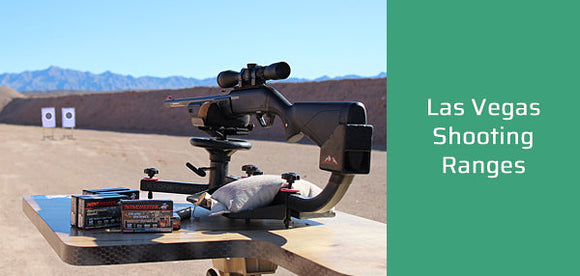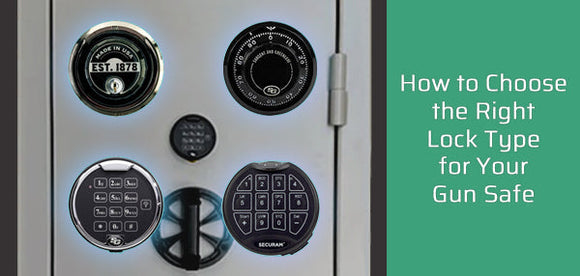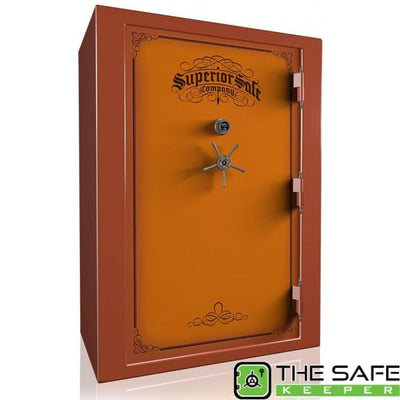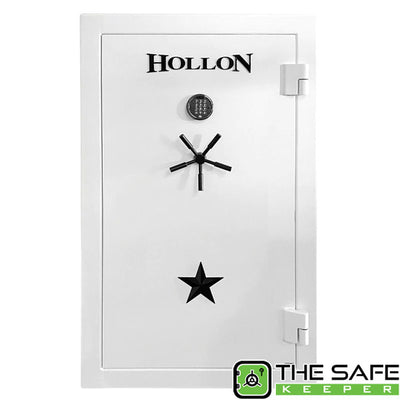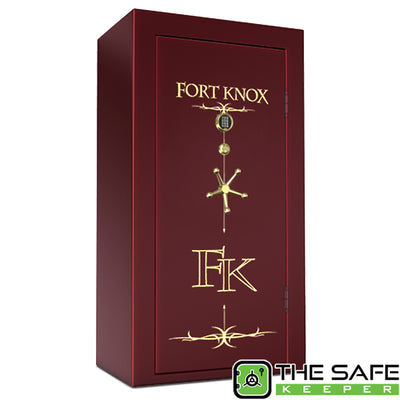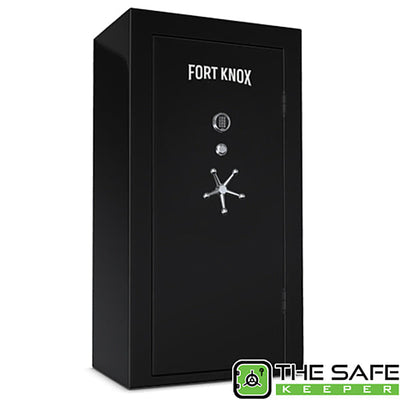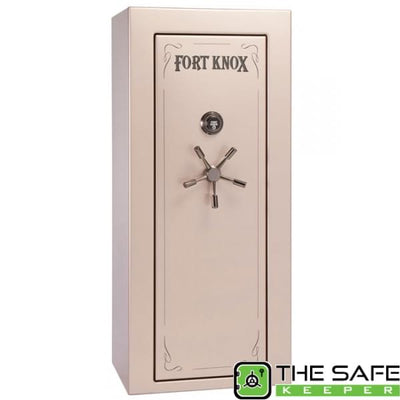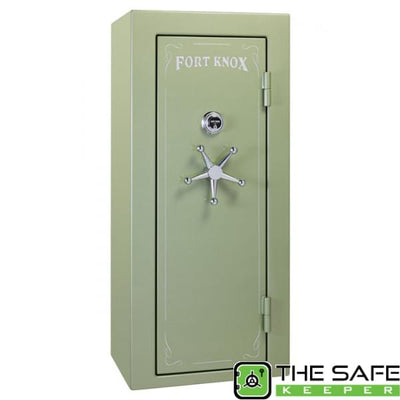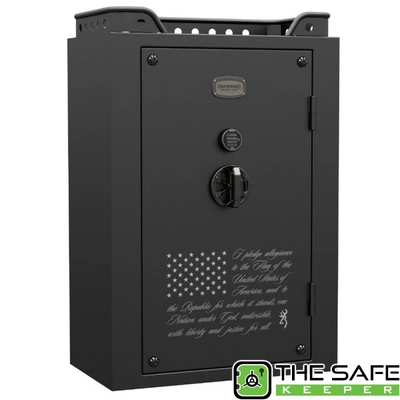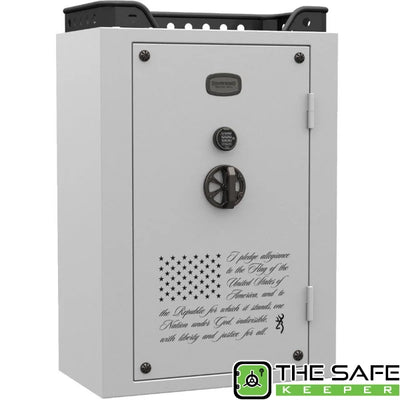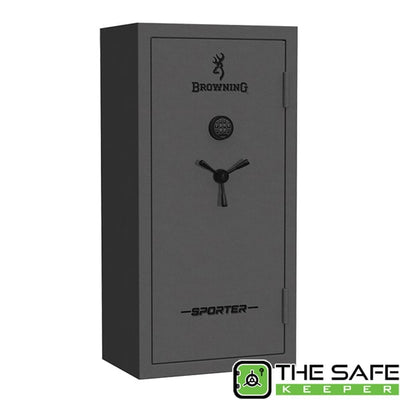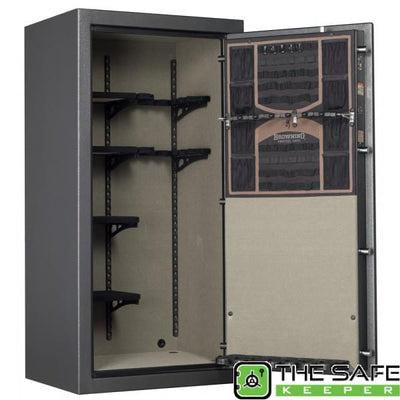A safe is much more than a container for keeping precious belongings. Buying the one a future owner needs to understand what exactly they will keep in it, as there is a constant dilemma between strong security and high price. Obviously, the higher level of protection against theft means more costly production and hence the higher price. In order not to overspend but receive the storage which will meet owner`s demands and requirements, one should consider burglary ratings for safes. A rating is an indicator of a level of security a safe can provide to its content. If the vault is needed for home use only, to store family papers, some cash and other stuff like this, it should meet home safe burglary ratings. Whereas for more serious content like firearms, there is another gun safe burglary rating.

Safe rating system
As a rule a safe rating system is built referring to two characteristics: construction and performance. The construction system is developed by insurance companies. It includes standards like material thickness or a relocker mechanism which suggest the degree of burglary protection. Test Performance Ratings were implemented into the industry by Underwriters Laboratories. UL tests show the ability of the storage to withstand attacks and damages. Gun safe rating system is mostly based on testing done by the professionals from independent Underwriters Laboratories. Only they can certify gun safe security ratings which are accepted in the industry.

If you would like to get a more detailed insight into how rating systems work, go over our short overview below.
B-Rate
B rated safes are designed to withstand initial level entry attacks. Generally they have a ¼ inch solid steel body and a ½ inch door. The main features the manufacturers focus on while building a B rated burglary safe are a locking system, relockers, thickness of active bolts, hard plates and other locking devices.
C-Rate
A C rated burglary safe offers a bit stronger construction than a B rated one. It is twice heavier and contains more steel. According to insurance standards, C rated safes come for sale in ½ inch thick steel body and with 1 inch door. The main indicators of good quality C rated safes are also locking systems and relocking devices.
B/C-Rate
B/C rated safes contain as much steel as B rated ones, which means at least ¼ inch solid steel body and a ½ inch door. But their construction is reinforced by 10-12 gauge metal layers which also include composite fireproof materials. Top quality B/C rated safes are equipped with a strong lock, thick steel bolts and drill stop hard plates.
RSC (Residential Security Container)
The types of safes listed above are not tested by Underwriters Laboratories, therefore, their level of security is determined only by the features they contain and the reputation of the manufacturer. A RSC rated safe on the contrary has undergone several tests conducted by technicians of independent laboratories which means that their level of security is checked and certified.
UL RSC safe is able to resist drilling, tampering, prying and other manipulations done with various tools for at least 5 minutes. Since 2018 the safes can be rated as RSC I, RSC II, or RSC III depending on their performance. Safes with the ratings are really reliable, so that they can be used for storing guns.
RSC-I Burglary Rating
According to UL standards, RSC- I rated gun safe is able to withstand 5 minutes of any break-in attack done by one person with the help of simple tools like a knife, a hammer or a screwdriver. The best RSC safe of the category features strong construction including larger bolts diameter, concrete lined walls, and reinforced steel plates.
RSC-II Burglary Rating
RSC rating safe level II means that the safe is capable of resisting a 10 minute pry attack performed by two people. The rating also implies that the attacks can be done with sophisticated tools such as lock picking tools or a high-speed carbide drill.
RSC-III Burglary Rating
RSC safe with Level III rating can endure more than 10 minutes being attacked by 3 people. Underwriters Laboratories use the most aggressive tools to conduct the RSC-III Burglary Rating test.
E-Rate and ER-Rate Safes
Although not as widely recognized as TL ratings, E-Rate and ER-Rate safes play an important role in the classification of burglary rated safes.
E-Rate
E-Rate is an insurance rating often used to categorize safes with construction similar to TL-15 safes but without independent testing. These safes typically feature at least 1-inch solid steel walls and are recommended for medium-level security needs.
ER-Rate
ER-Rate rating represents U.L. TL-15 rated safes. It indicates that the safe has undergone standardized UL tests, including resistance to hand tools, drills, and pressure devices for 15 minutes of net working time.
TL Rated Safes
TL rated safes incorporate robust construction with high performance. According to UL standards, a high security TL rated safe is able to withstand abuse done by more than one safecracker with mechanical, electrical and other impact tools for a long time. The safes with the rating are made of stronger materials and equipped with a number of anti-theft features including a sophisticated lock.
TL-15 or "ER" Rate Safe (E Revised)
In order to meet performance requirements of UL, TL-15 safe doors should resist entry attempts for 15 minutes. The attempt can be done with hand tools and pressure applying devices. Construction requirements suggest that a TL-15 gun safe, for example, should be heavy, built from at least 1" steel and equipped with UL listed Group II or 1R combination lock.

TL-30 or "F" Rate Safe
TL-30 safes have similar construction requirements to TL-15 rated units. But performance requirements for TL 30 rating are much higher. The doors of the safes with the rating have endured 30 minutes of vigorous testing conducted by professional safecrackers with a wide range of tools.

TL-30X6 or G&A Rate Safe
A TL-30x6 safe should comply with the same standards of UL as TL 30 rated one. However, to get TL-30x6 rating, the unit should successfully undergo tests on the door and all 6 sides of the body.
TRTL-30-X6
TRTL-30x6 is at the cutting edge of safe industry. It features the most formidable security protection. Any TRLX-30x6 safe has successfully resisted the most aggressive tests performed by Underwriters Laboratories. The tests have been done to check the performance of the door and all six sides of the body with the help of the most revolutionary tools including power saws and welding torch.
Fire Ratings in Combination with Burglary Ratings
While the primary focus of safe burglary ratings is theft protection, many users seek safes that offer both burglary and fire protection. Fire ratings, often tested by Underwriters Laboratories (UL), indicate the safe’s ability to protect contents against high temperatures.
UL Class 350
Protects paper documents by maintaining an internal temperature below 350°F for a specific time (½ hour, 1 hour, or 2 hours).
UL Class 150
Protects magnetic media or digital data by keeping the internal temperature under 150°F.
UL Class 125
Designed to protect data on tapes or disks by ensuring the internal temperature does not exceed 125°F.
Combining fire ratings with burglary rated safes enhances overall protection, especially for businesses or homeowners storing both valuables and important documents.
Insurance Coverage Considerations for Burglary Rated Safes
Many buyers select safes based on what insurance companies will cover in case of theft. Insurance companies often require ul safe ratings or independently tested burglary safes to offer coverage for valuables. The higher the burglary rating, the greater the insured value of the contents. For instance:
-
B-Rate Safe: Typically covers up to $5,000 in valuables.
-
C-Rate Safe: Covers up to $30,000 in valuables.
-
TL-15 Safe: Covers up to $100,000 in valuables.
-
TL-30 Safe: Covers up to $200,000 in valuables.
Consulting with an insurance provider can help determine the best safe burglary ratings for the intended use.
How to Choose the Right Burglary Rated Safe
Choosing the best burglary rated safe involves evaluating security needs, budget, and the type of items being stored. Here are the key factors to consider:
- Value of Contents: Higher-rated safes like TL-15 or TL-30 should be selected for firearms, cash, or jewelry.
- Location of the Safe: Safes placed in basements or hidden locations may not require the same rating as freestanding safes in public spaces.
- Access Frequency: For frequent use, safes with RSC ratings offer quicker access while maintaining security.
- Weight and Size: Heavier safes typically offer better protection but require reinforced floors or installation planning.
By carefully assessing these factors, users can select the most suitable burglary rated safe that balances security and convenience.
What We’ve Learned
Safe rating systems suggested by Underwriters Laboratories or burglary safe ratings accepted within the industry standards help understand what level of protection the storage can offer its owner. However, any safe which meets the standards of the rating systems mentioned above has its own purpose. For instance, a B rated safe could be good for keeping inexpensive home valuables whereas a TL-15 safe is a proper place for storing guns. Check out the suggestions given by us and choose the best safe for your own needs.



